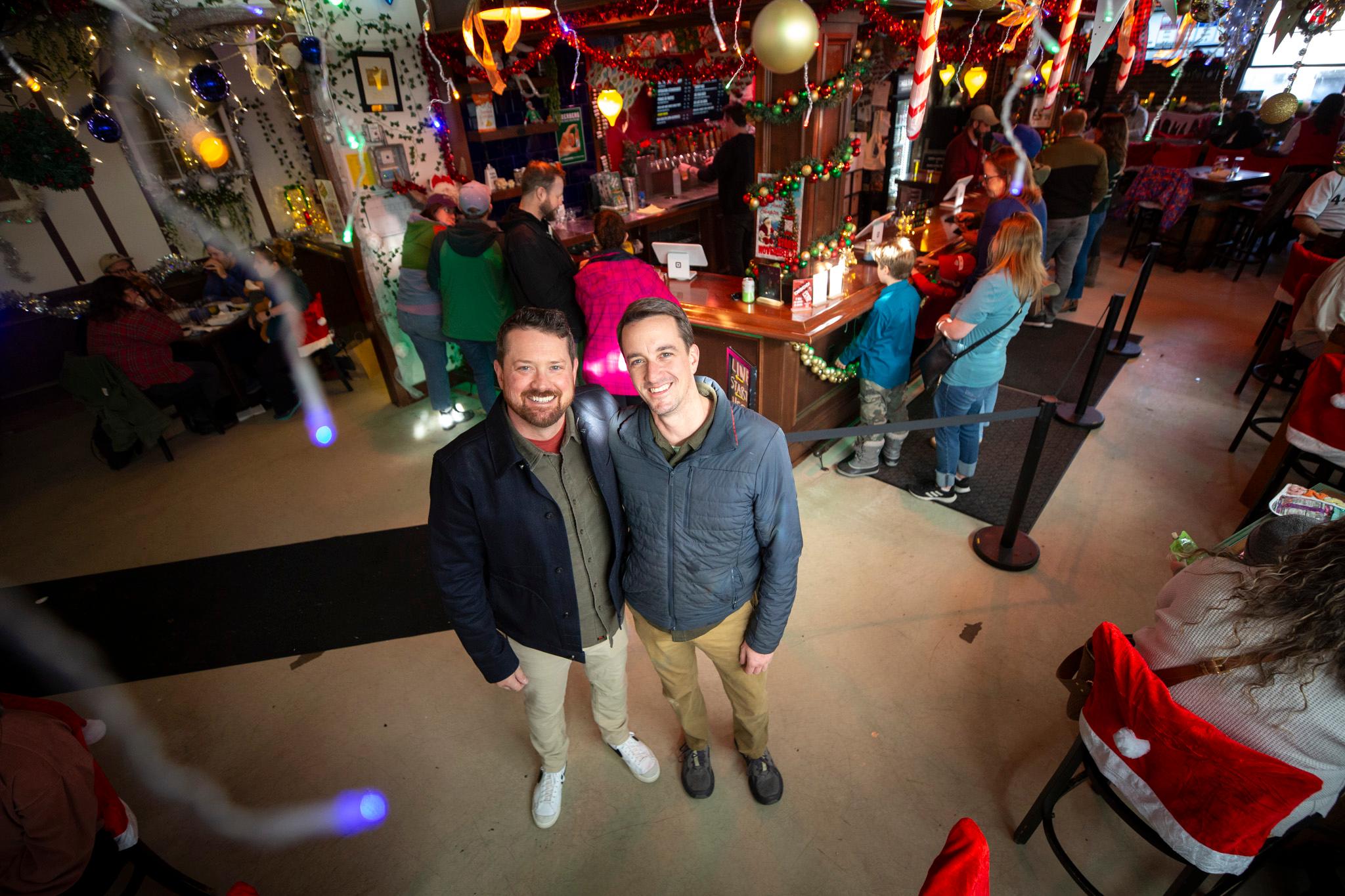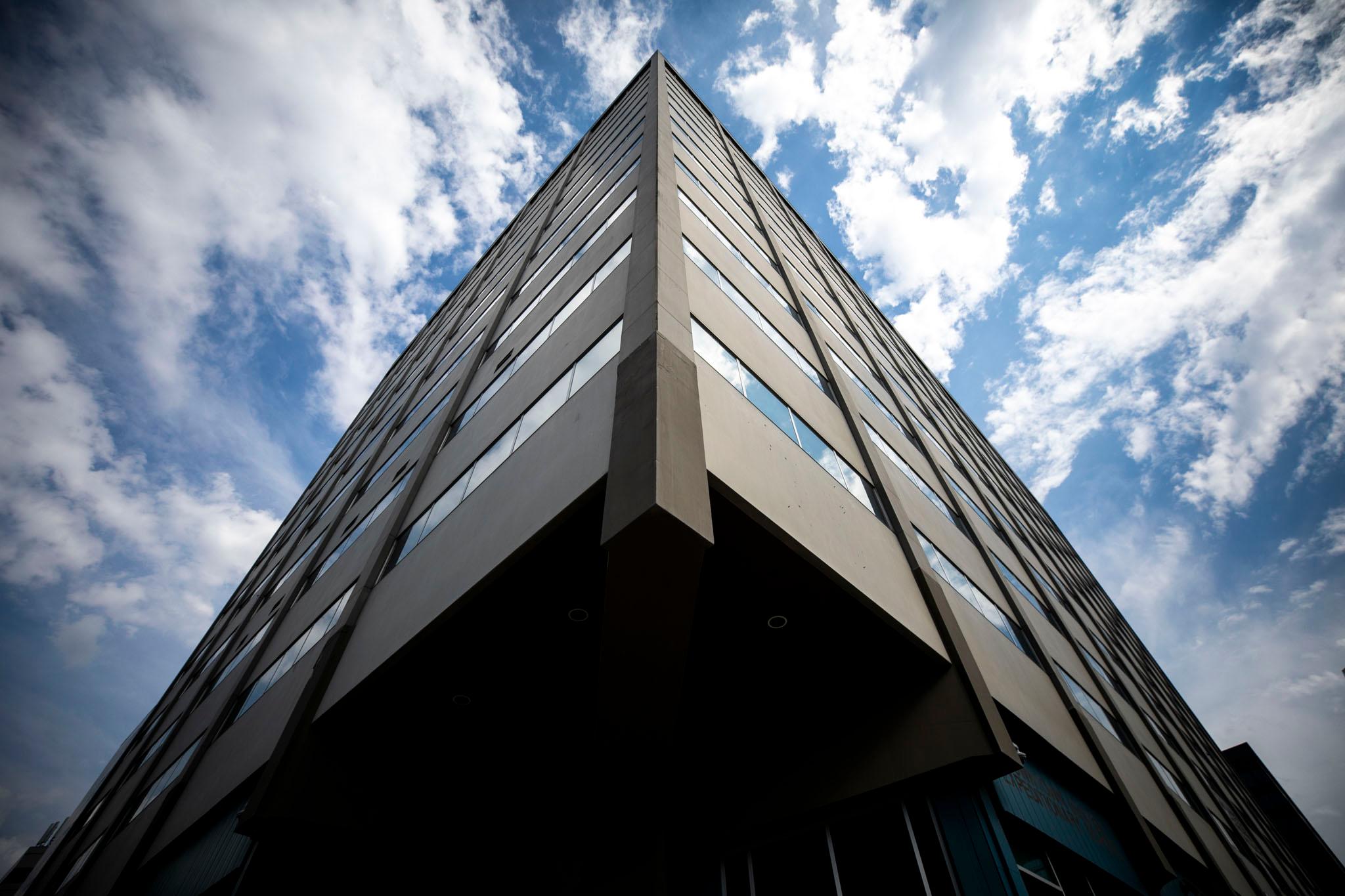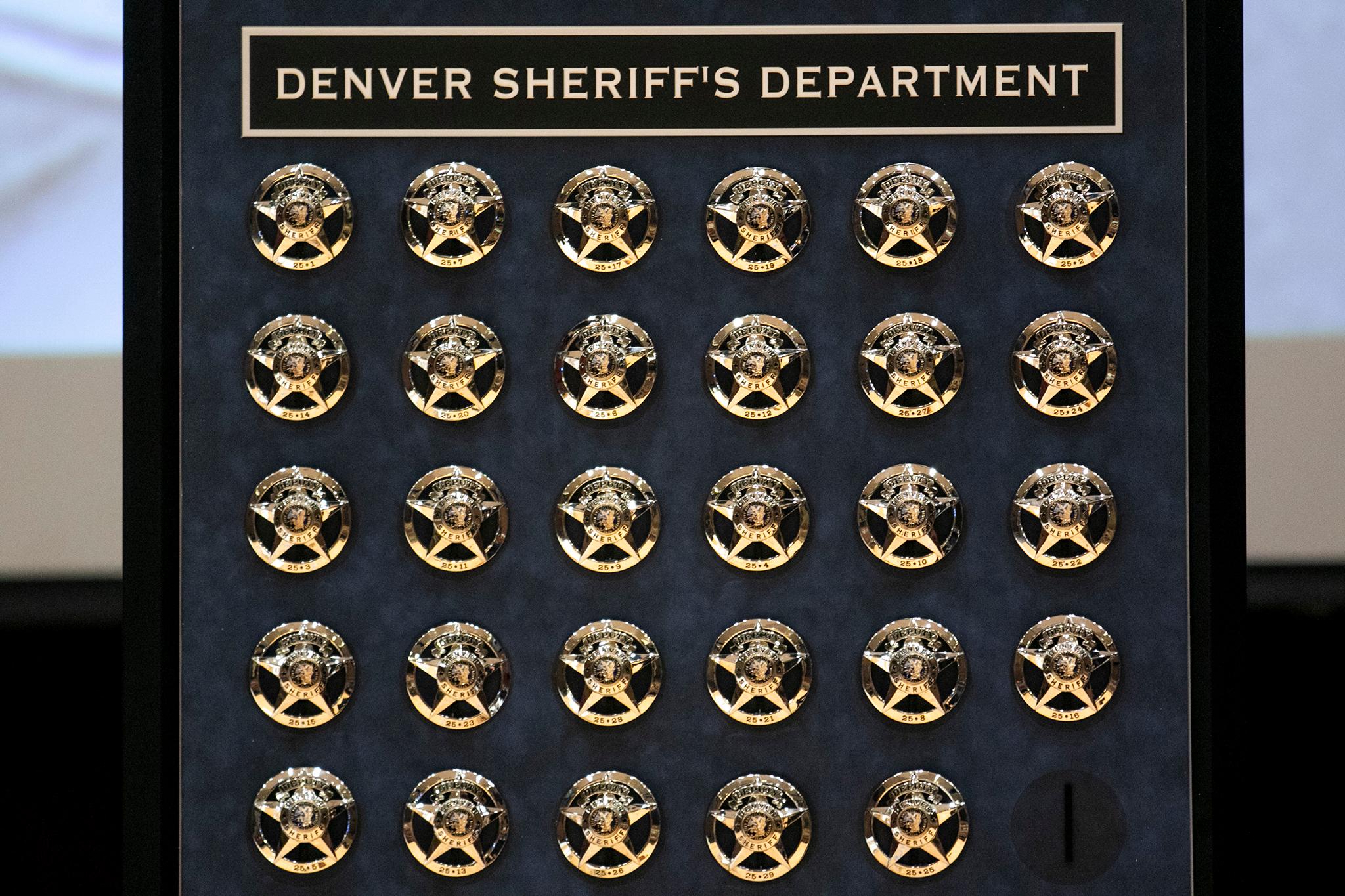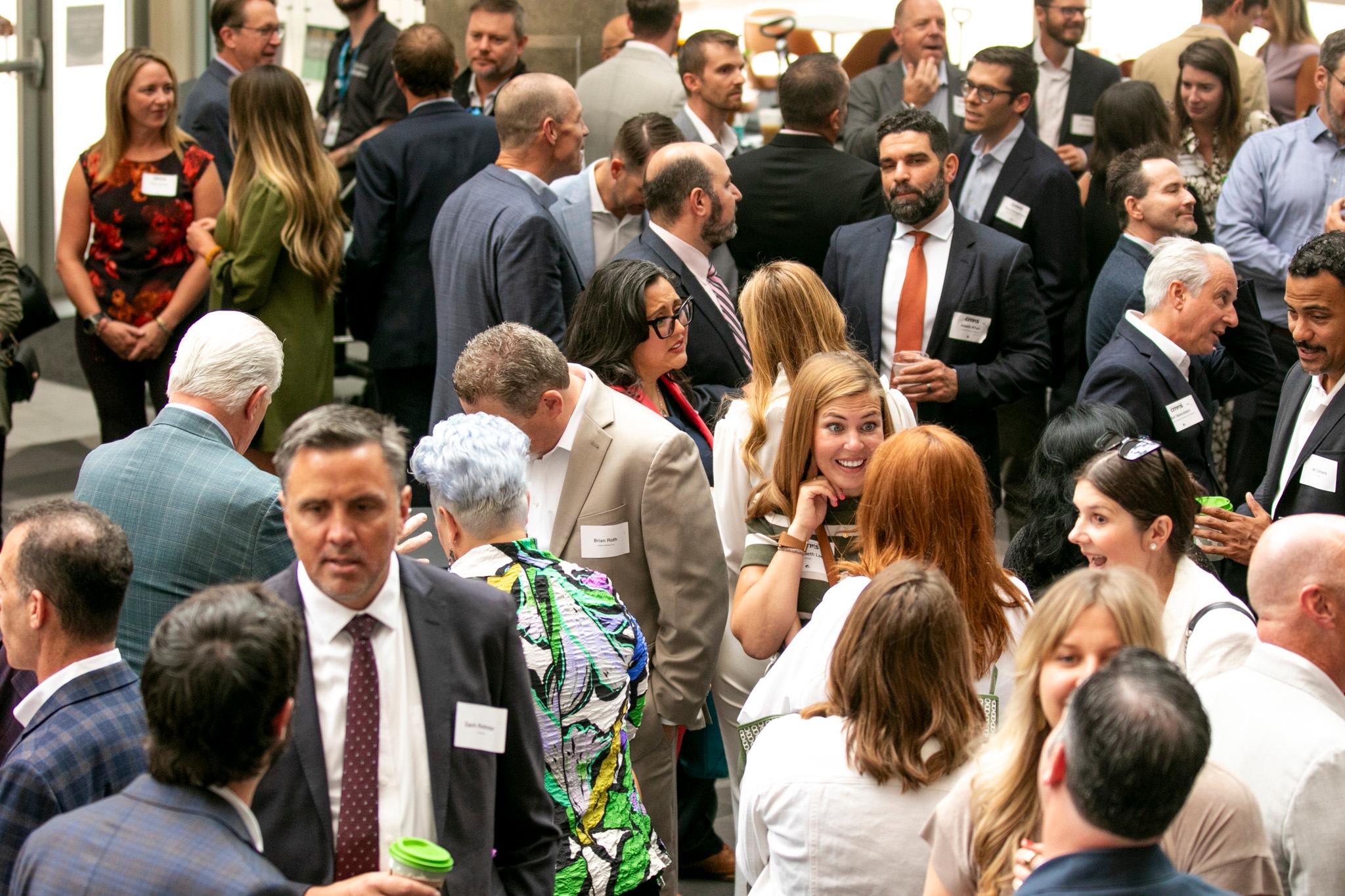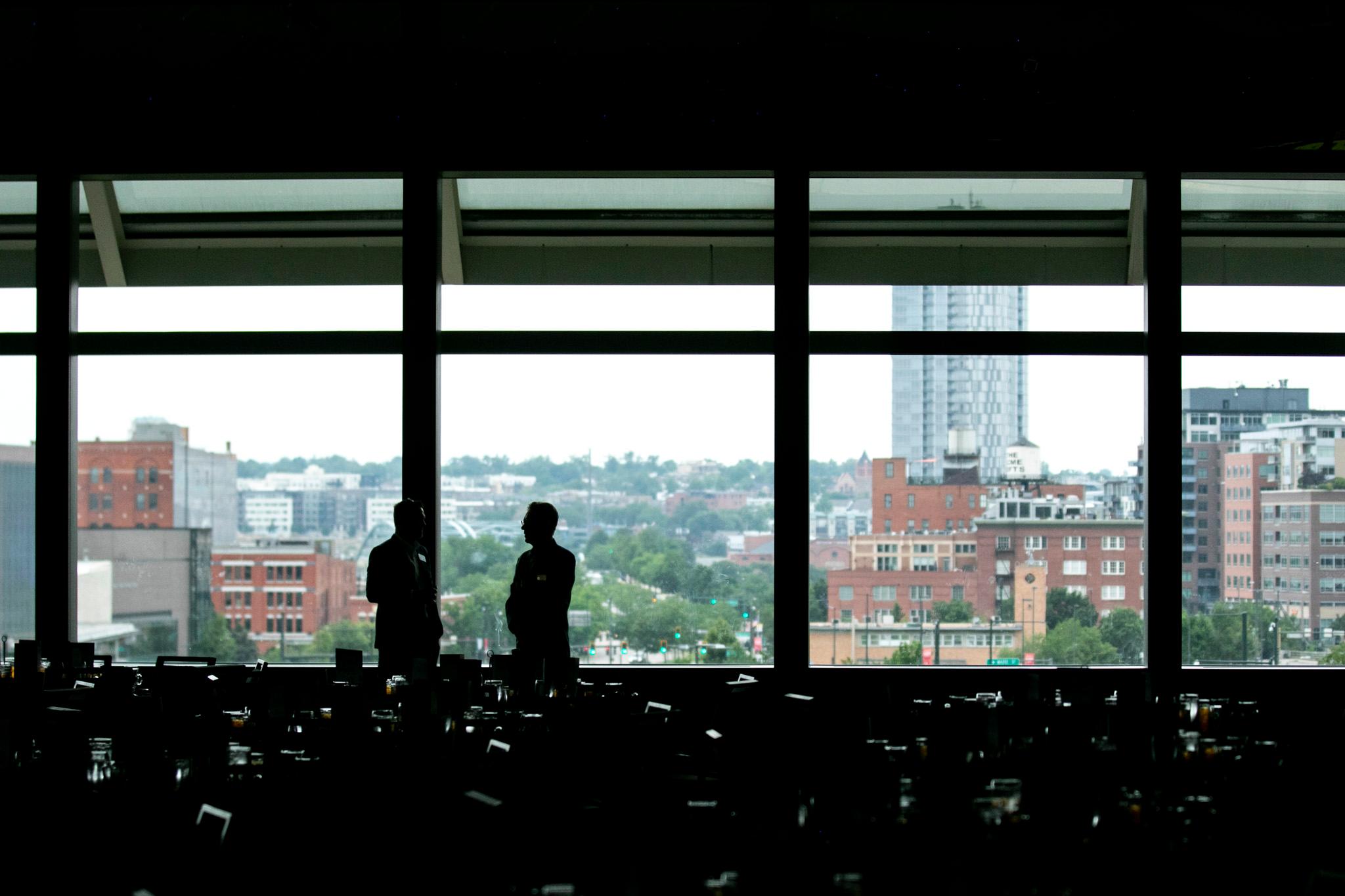Have you been to Santa Fe Drive recently for the First Friday Art Walk? A drink and a dance at Timeo's Theater Bar? The colorful, quirky street is synonymous with that monthly night of revelry fueled by local creatives.
But it's changing, and will continue to change, as city streets do. That's one reason neighbors are looking to tweak development rules -- to prevent the onetime hub of Denver's Chicano movement from becoming clinical and cold as new buildings fill in.
"New development is coming on Santa Fe," said Ann Nguyen Wednesday night at a meeting of the La Alma/Lincoln Park Neighborhood Association. "We want to welcome development but we want the character of Santa Fe to stay funky, stay weird, and have this art culture."
Nguyen, co-chair of the group's planning committee, has been working since 2017 to amend the development rules on and around the street so new buildings mesh with the Art District on Santa Fe instead of clash with it. The super fun planning and zoning term for this tool is "overlay."
Basically, an overlay adds a layer to the 2010 neighborhood plan. It can't dictate that there are no parking structures on Santa Fe, for example, because current zoning allows them. But it can say something like any new parking structure has to have an alley entrance and include a street-level storefront, for example.
That's one idea neighbors are playing with. Another is requiring certain materials to grace Santa Fe facades, like stucco or masonry, to blend the new with the old.
"It doesn't prevent demolition, it just helps maintain the character," said Courtney Levingston, a senior city planner with Denver Community Planning and Development. "This is at the grassroots level and this is great. I wish everyone cared about planning this much."
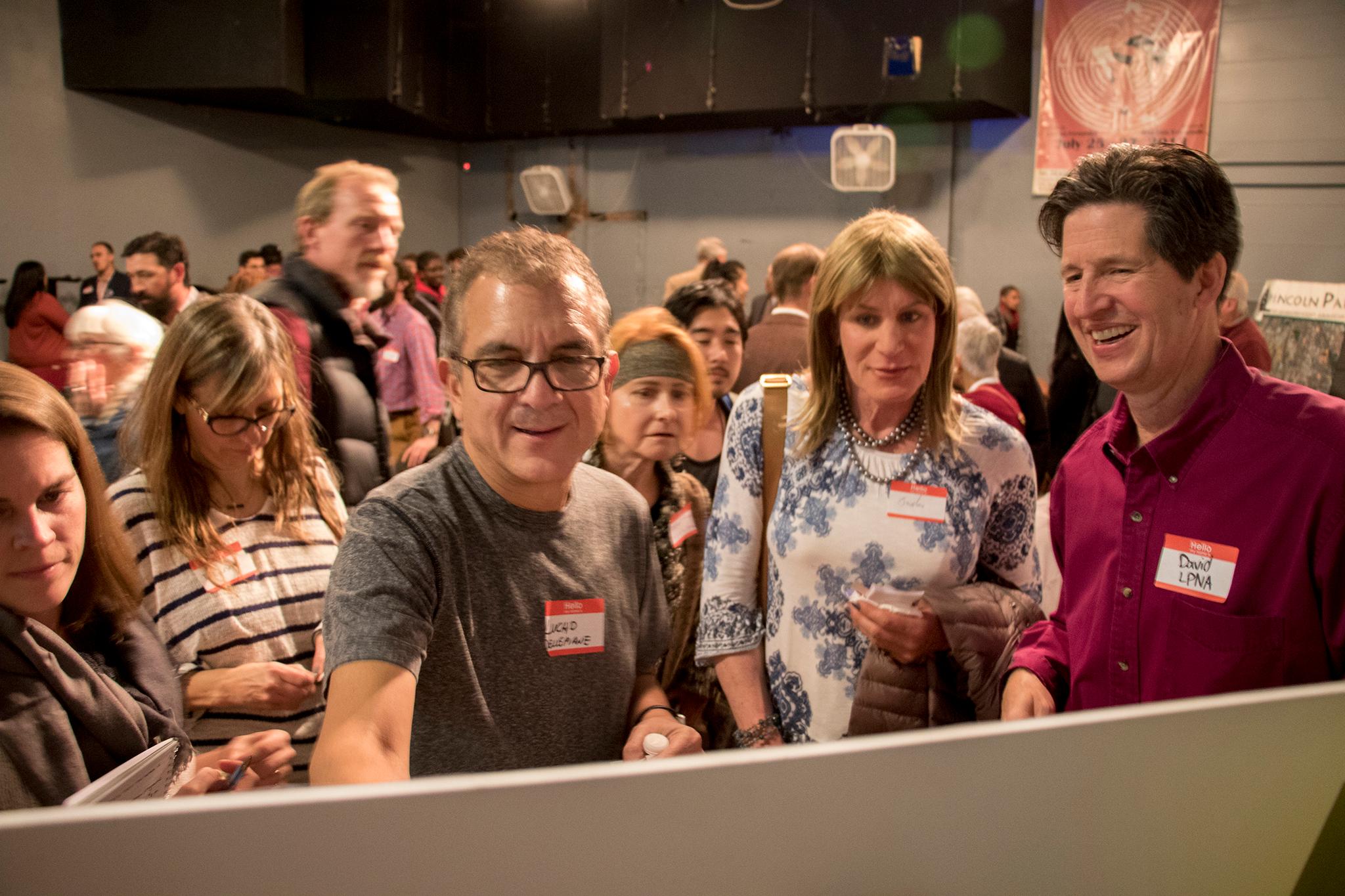
The District 3 city council rep, currently term-limited Paul López, would have to bring the overlay to City Council. The full legislative body would have to approve it.
Good development is happening on Santa Fe without the overlay, neighbors say.
Ultimately, we live in a society where people own land and can build what they want on it, to an extent. One developer worked with neighbors to design an eight-story building for homes and ground-floor businesses that fits with the street. For the most part, neighbors said they welcome it.
It's happening on a smaller scale, too. Conceptual artist Eric Isaac just bought a duplex near 7th and Santa Fe. He'll raze it and build a three-story structure with the neighborhood's character -- and even First Friday -- in mind: art gallery on the ground floor, studios in the middle, and his home on top.
"I love the craziness of the regular First Friday format," Isaac said. "A lot of different people and organizations connecting artists to the viewers."
Isaac hopes his spot will be central to the art walk, he said.
Those examples won't necessarily be the norm, though. That's where the overlay comes in.
"We're kind of lucky," said Jack Pappalardo, a member of the neighborhood group who also helped create the Art District on Santa Fe years ago. "A lot of properties being turned over are being purchased by creative people and businesses -- interior designers, art galleries. We're able to attract these people because of our reputation, but that could change. We don't want to rely on just luck."
Neighbors weighed in on design features they like and don't like Wednesday night. The next step will be to codify the overlay, with the help of city planners, based on that input.




